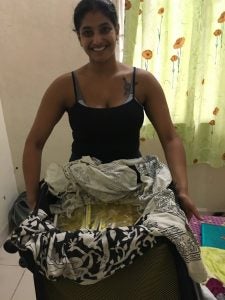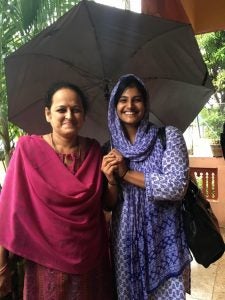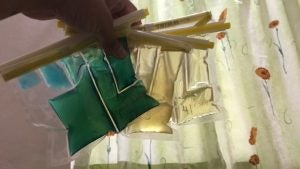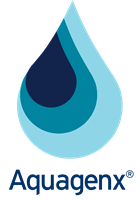University of California Berkeley Uses CBT MPN Kit for E. coli
in Household Testing Project in India
For more than 75 years, University of California Berkeley School of Public Health faculty, students and 15,000 alumni have put their education and skills into practice to improve the health and welfare of our communities, the state and the world. https://publichealth.berkeley.edu/
Problem
Swati Rayasam, a former graduate student at the University of California Berkeley School of Public Health, executed her own household water quality testing project in Alibag, Maharashtra, India, as part of her summer project in Global Health and the Environment. Because of her background training as a microbiologist at the University of North Carolina Chapel Hill and Duke University, she was interested in using E. coli as more than a drinking water indicator; characterizing sequence type and antimicrobial resistance to determine what E. coli were present in drinking water and whether they presented any potential threats to health. Alibag is known as an urbanizing village, which meant that Swati did not have formal lab space, and she needed a robust water quality test that worked in oscillating temperatures with minimal components and supporting equipment.
Solution
After searching for field-level water quality tests, Swati selected the Aquagenx CBT E. coli Kit for her project.
With the assistance of a local translator (pictured below), Swati tested Point of Collection (POC) and Point of Use (POU) in 60 households. She also conducted eight weekly tests to Elevated Storage Reservoir (ESR) and eight weekly tests to Alibag’s drinking water treatment plant, totaling 147 samples.
CBT samples were stored in a makeshift “incubator,” which was a suitcase full of blankets placed in a warm location in a room. Swati monitored ambient temperature to make sure it didn’t exceed the limits of the test as part of her protocol, even though it was the warm summer/monsoon season in India.
Most Probable Number (MPN) test results were scored after 24 hours and photographs were taken of all test results. An additional results check was performed after 48 hours but Swati never saw a change in results.
After test results were scored, Swati safely re-opened the Aquagenx Compartment Bag. She used sterilized single wrapped plastic loop/needles to sample the bags and inoculate 1mL pre-prepped LB agar in 1.5mL tubes that had been brought from California and stored at 4 degrees Celsius in a cooler fridge that was resilient to frequent power outages. The tubes were then incubated for another round, parafilmed and stored back in her fridge.
After returning home from her trip, Swati processed the tubes in Dr. Lee Riley’s lab at UC Berkeley. She first checked to see if they tested positive for coliforms and E. coli and then used both disc diffusions and multi-locus sequence typing to determine antimicrobial resistance and sequence type.
Test Results
Of the 147 water samples, 51 contained coliforms, and 19 (37%) of the 51 were biochemically confirmed to contain E. coli. Her samples contained 104 E. coli isolates which were all resistant to ampicillin. Resistance to ceftazidime was observed in 52 (50%) isolates, cefotaxime in 59 (57%), sulfamethoxazole–trimethoprim in 46 (44%), ciprofloxacin in 30 (29%), and gentamicin in two (2%). Thirty-eight (36%) belonged to sequence types recognized as extraintestinal pathogenic E. coli (ExPEC); 19 (50%) of these 38 ExPEC belonged to known uropathogenic E. coli lineages. Widespread resistance and the presence of extraintestinal pathogenic strains indicates that E. coli in drinking water should be investigated beyond its role as an indicator of fecal contamination.
Her project wanted to better understand and inform further research on potential exposure risks in low-resource small-town settings. The majority of the water was contaminated with E. coli either between ESR and POC or POC and POU, which indicated that Alibag’s contamination issues were a result of local infrastructure and poor household-level treatment.
Although Alibag has “improved” drinking water, the town has no sanitation treatment infrastructure. Swati’s work shows how drinking water and sanitation are truly interlinked, wherein there can be no safely managed drinking water without safely managed sanitation.
Conclusion
Swati Rayasam concludes, “What I really like about the CBT is its portability, flexibility and ability to grow bacteria at varying temperatures. It does all of this independently in the field, without needing a lab or lab equipment. The CBT Kit is the only drinking water test I found that is truly a field test. If I ever need a bacterial drinking water test in the field again, the CBT will definitely be at the top of my list.”
If you are interested in Swati Rayasam’s work, you can read her paper here.




